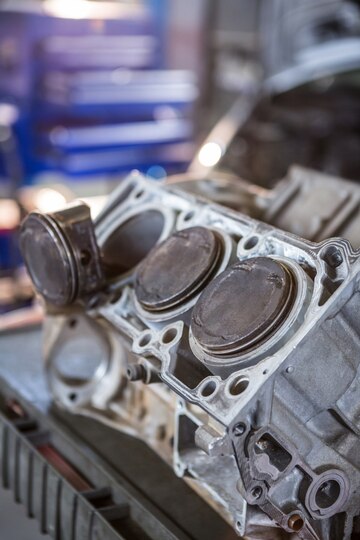The cylinder block is a critical component of a car’s engine, housing the cylinders where combustion takes place. Over time, wear and tear or engine damage may necessitate the replacement of the cylinder block to ensure the vehicle’s optimal performance. In South Africa, understanding the process, timeline, and cost estimates associated with replacing a car’s cylinder block is essential for vehicle owners. Let’s delve into the details:
- Diagnosis and Assessment:
The first step in replacing a car’s cylinder block is diagnosing the issue. Symptoms such as engine knocking, loss of power, or coolant leaks may indicate problems with the cylinder block. A qualified mechanic will conduct a thorough assessment, which may involve a visual inspection, compression test, or diagnostic scan to determine the extent of the damage. - Removal of the Old Cylinder Block:
Once the problem is identified, the old cylinder block must be removed from the engine. This process requires meticulous disassembly of the engine, including disconnecting components such as the cylinder head, pistons, and crankshaft. Specialized tools and expertise are needed to ensure the engine is disassembled safely and efficiently. - Inspection of Other Components:
While the engine is disassembled, it’s essential to inspect other components for damage or wear. This may include the pistons, connecting rods, bearings, and gaskets. Any worn or damaged parts should be replaced to prevent future issues and ensure the longevity of the engine. - Installation of the New Cylinder Block:
Once the old cylinder block is removed and other components are inspected, the new cylinder block can be installed. The new block must be carefully aligned and secured to the engine block, ensuring proper fitment and alignment of critical components. Gaskets and seals must also be replaced to prevent leaks and ensure a tight seal. - Reassembly of the Engine:
With the new cylinder block in place, the engine can be reassembled. This involves reinstalling components such as the pistons, crankshaft, cylinder head, and timing system. Each part must be properly torqued and aligned to manufacturer specifications to ensure the engine operates smoothly and efficiently. - Testing and Calibration:
Once reassembly is complete, the engine undergoes testing and calibration to ensure everything is functioning correctly. This may involve running diagnostic scans, performing compression tests, and conducting road tests to verify the engine’s performance and reliability.
Timeline:
The timeline for replacing a car’s cylinder block can vary depending on factors such as the extent of the damage, availability of parts, and the mechanic’s expertise. In general, the process may take anywhere from a few days to a week or more, including diagnosis, parts ordering, disassembly, replacement, reassembly, and testing.
Cost Estimate:
The cost of replacing a car’s cylinder block in South Africa can vary depending on factors such as the make and model of the vehicle, the extent of the damage, and the mechanic’s labor rates. On average, the cost of parts and labor for replacing a cylinder block may range from R10,000 to R30,000 or more. It’s essential to obtain quotes from reputable mechanics or auto repair shops and inquire about warranties on parts and labor.
Replacing a car’s cylinder block is a complex and labor-intensive process that requires expertise, precision, and attention to detail. By understanding the process, timeline, and cost estimates associated with cylinder block replacement in South Africa, vehicle owners can make informed decisions and ensure their vehicles remain in optimal condition for years to come.











